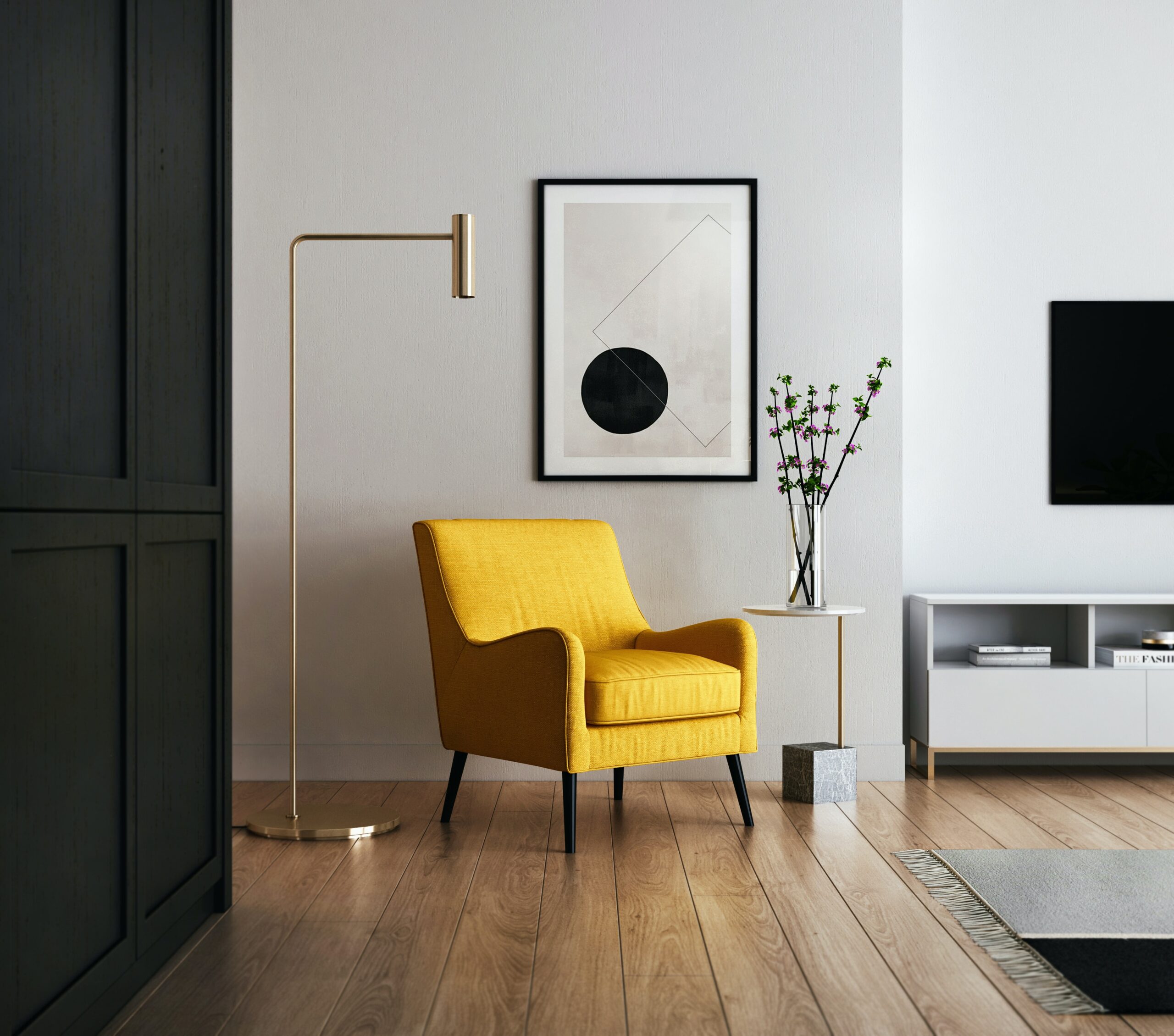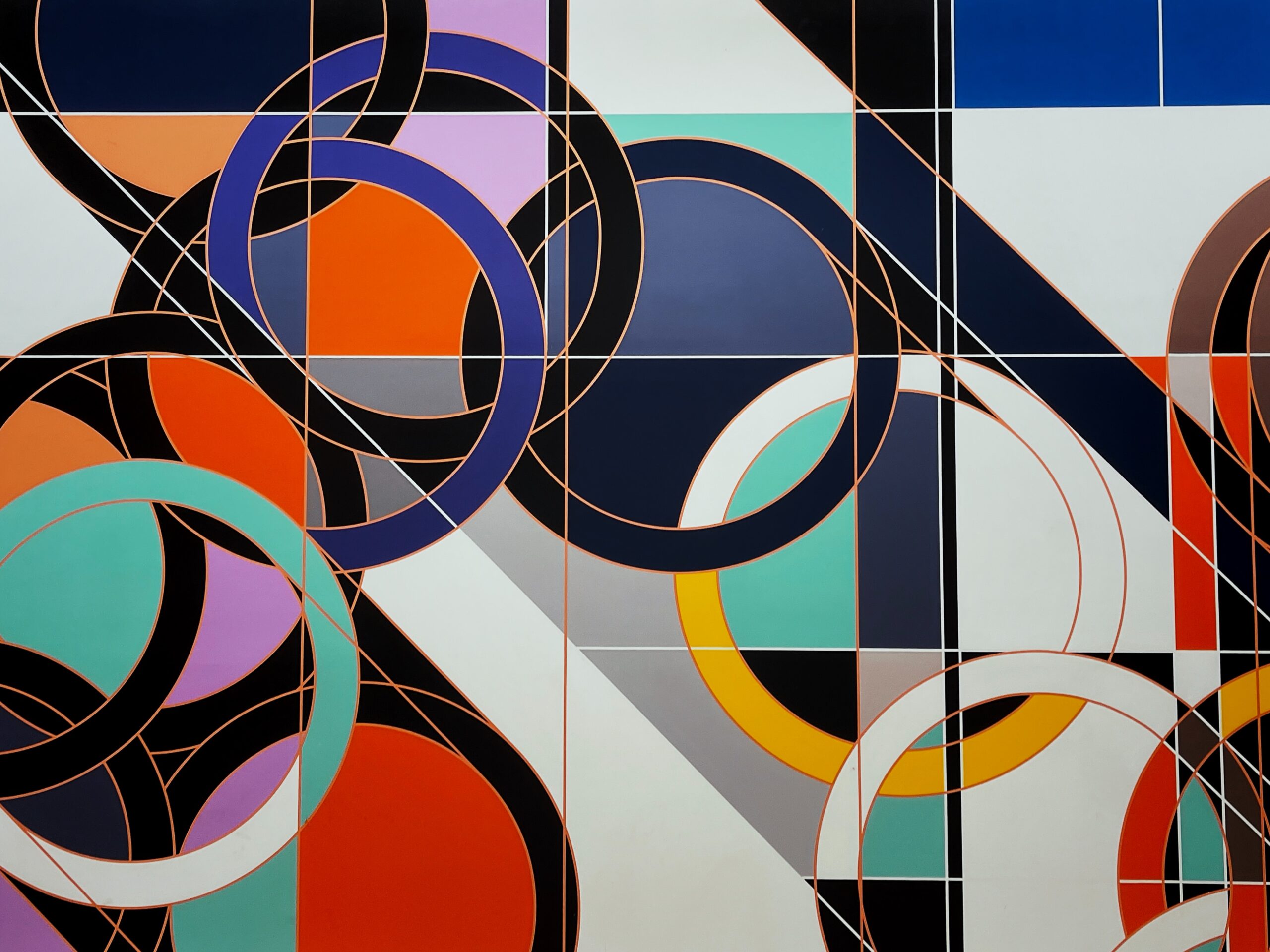In recent years, there has been a significant rise in the popularity of smart home technology. From voice-controlled virtual assistants to automated lighting systems, homeowners are increasingly embracing these innovative devices to enhance their living spaces. As a result, interior designers are now incorporating smart home technology into their designs to create homes that are not only aesthetically pleasing but also highly functional and convenient.
The Benefits of Smart Home Technology Integration
Integrating smart home technology into interior design offers a multitude of benefits for homeowners. One of the key advantages is the enhanced level of comfort and convenience it provides. With the ability to control various aspects of the home, such as lighting, temperature, and security systems, at the touch of a button or through voice commands, homeowners can create personalized environments that cater to their specific needs and preferences.
Another benefit of incorporating smart home technology is improved energy efficiency. Smart thermostats, for example, can learn the homeowners’ daily routines and adjust the temperature accordingly, leading to significant energy savings. Lighting systems can also be programmed to turn off when a room is unoccupied, further reducing energy consumption.
Furthermore, integrating smart home technology can enhance the overall safety and security of a home. Homeowners can remotely monitor their properties through security cameras and receive instant alerts in case of any suspicious activities. Smart locks and doorbells with video capabilities provide an added layer of security, allowing homeowners to grant access to visitors even when they are away.
Integrating Smart Home Technology Seamlessly
When integrating smart home technology into interior design, it is essential to maintain a seamless and cohesive aesthetic. The technology should blend seamlessly with the overall design scheme, without appearing obtrusive or out of place. This can be achieved through careful selection of devices that complement the existing decor and by concealing wires and cables to maintain a clean and clutter-free look.
One effective way to integrate smart home technology is by incorporating it into the design of built-in furniture and fixtures. For example, smart mirrors with built-in touchscreens can display weather updates, news, and calendar reminders while seamlessly blending with the bathroom or bedroom decor. Similarly, smart kitchen appliances can be seamlessly integrated into the cabinetry, maintaining a sleek and modern look.
Another approach is to utilize smart lighting systems as design elements. With the ability to adjust color, intensity, and even create dynamic lighting scenes, smart lighting can transform the ambiance of a room. Whether it’s creating a cozy atmosphere for a movie night or setting the perfect lighting for a dinner party, smart lighting can enhance the overall mood and aesthetic appeal of a space.
Considerations for Smart Home Technology Integration
While the integration of smart home technology offers numerous benefits, there are a few considerations to keep in mind. Firstly, it is crucial to choose devices that are compatible with each other and can be easily controlled through a centralized system. This ensures a seamless user experience and prevents compatibility issues down the line.
Additionally, it is important to prioritize privacy and security when incorporating smart home technology. Homeowners should ensure that their devices are protected from potential hacking or unauthorized access. Regularly updating passwords, enabling two-factor authentication, and keeping firmware up to date are essential steps to safeguard personal data and maintain a secure smart home environment.
In conclusion, the integration of smart home technology into interior design is revolutionizing the way we live. With its numerous benefits, including enhanced comfort, energy efficiency, and improved security, incorporating smart home technology has become a popular choice for homeowners. By seamlessly blending technology with design, interior designers can create homes that are not only visually appealing but also highly functional and convenient.

